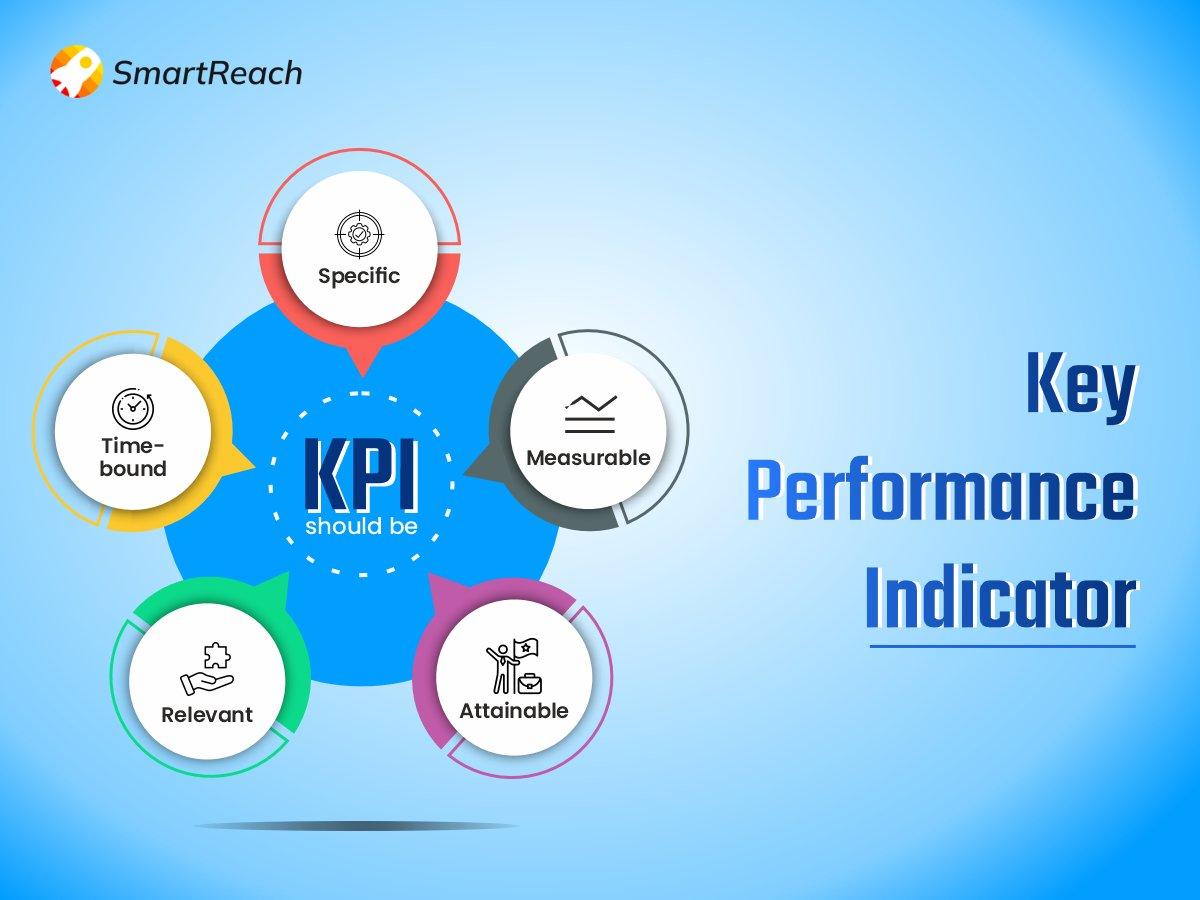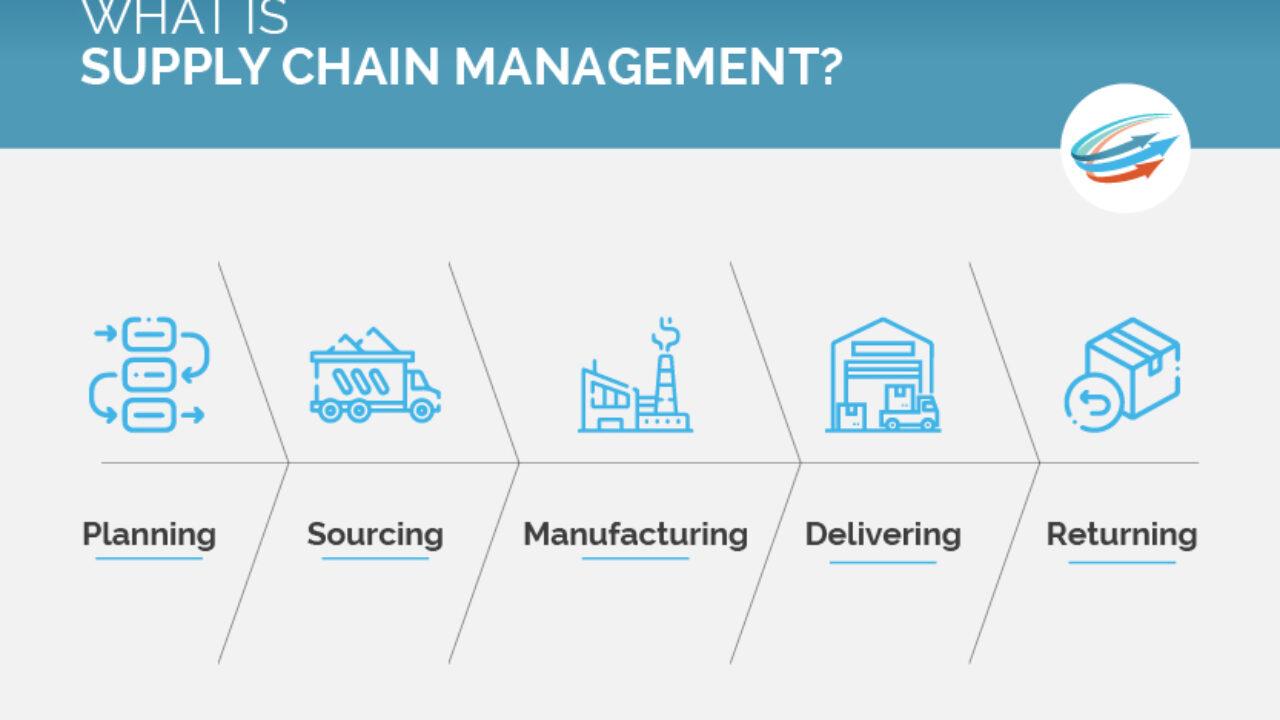In the fast-paced world of logistics, transport, and shipping, metrics play a crucial role in determining the efficiency and effectiveness of operations. From tracking delivery times to analyzing fuel consumption, these quantifiable measures provide valuable insights that can drive improvements and ensure smooth sailing in the supply chain. Join us as we delve into the world of metrics in logistics, transport, and shipping, where numbers tell the story of success and innovation in the industry.
Key Performance Indicators for Logistics Efficiency
When it comes to measuring the efficiency of logistics operations, there are several key performance indicators (KPIs) that companies use to track their progress and identify areas for improvement. These metrics can help businesses monitor their performance in areas such as transportation, warehousing, and shipping. By analyzing these KPIs, companies can make data-driven decisions to optimize their supply chain and improve overall efficiency.
- On-time delivery rate: This KPI measures the percentage of deliveries that are made on time. It is essential for assessing the reliability of a company’s logistics operations and ensuring customer satisfaction.
- Inventory turnover: This metric shows how quickly inventory is being sold and replaced. A high turnover rate indicates efficient inventory management, while a low rate may signal excess inventory or slow sales.
- Cost per mile: This KPI calculates the average cost of transporting goods per mile. Monitoring this metric can help companies identify cost-saving opportunities in their transportation operations.
| Key Performance Indicator | Definition | Importance |
|---|---|---|
| On-time delivery rate | The percentage of deliveries made on time | Ensures customer satisfaction and reliability |
| Inventory turnover | Rate at which inventory is sold and replaced | Indicates efficient inventory management |
| Cost per mile | Average cost of transporting goods per mile | Identifies cost-saving opportunities in transportation |

Strategies for Improving Transportation Costs
When it comes to improving transportation costs, companies need to be strategic in their approach. One effective strategy is to utilize advanced analytics to identify areas of inefficiency in the supply chain. By analyzing key metrics such as on-time delivery rates, cost per mile, and fuel efficiency, companies can pinpoint opportunities for improvement and take action to streamline operations.
Another valuable strategy is to optimize shipping routes by leveraging technology such as GPS tracking and route optimization software. By finding the most efficient routes and reducing unnecessary travel time, companies can cut down on fuel costs and improve overall transportation efficiency. Additionally, exploring alternative modes of transportation, such as rail or intermodal shipping, can help companies lower costs and reduce their carbon footprint.

Maximizing Shipping Optimization
In order to maximize shipping optimization, it is essential to focus on key logistics metrics that can drive efficiency and cost savings. By tracking and analyzing relevant data points, companies can make informed decisions to streamline their transportation processes and improve overall performance.
- On-time delivery rate: Ensuring that shipments reach their destination on time is crucial for customer satisfaction and retention.
- Transportation cost per mile: Monitoring the cost of transporting goods over a specific distance can help identify opportunities to reduce expenses.
- Warehouse utilization: Optimizing warehouse space and inventory storage can lead to better shipping efficiencies.
By utilizing these metrics and implementing strategies to address any inefficiencies, businesses can enhance their shipping operations and ultimately deliver a superior customer experience.

Enhancing Supply Chain Analytics for Better Decision-Making
When it comes to improving supply chain analytics for better decision-making, metrics, logistics, transport, and shipping play a crucial role. By analyzing key performance indicators (KPIs) in these areas, businesses can gain valuable insights that enable them to streamline operations, reduce costs, and improve overall efficiency. For instance, tracking metrics such as on-time delivery rates, order accuracy, and inventory turnover can help identify areas for improvement and optimize the supply chain process.
Utilizing advanced analytics tools can also help businesses identify trends and patterns in their supply chain data. By leveraging technologies such as artificial intelligence and machine learning, companies can uncover hidden opportunities for optimization and make more informed decisions. Additionally, implementing real-time tracking and monitoring systems can enhance visibility and transparency across the entire supply chain, enabling businesses to proactively address issues and capitalize on new opportunities.
To Conclude
As we wrap up our exploration of metrics in the realms of logistics, transport, and shipping, it becomes clear that the power of data-driven decision-making cannot be understated. By leveraging key performance indicators and measuring the efficiency and effectiveness of our operations, we can optimize our supply chains, streamline our shipping processes, and ultimately drive success in the ever-evolving world of commerce. So, as we navigate the complex web of logistics, let us remember that with the right metrics in place, the possibilities for innovation and growth are truly endless. Let’s continue to embrace the power of measurement and analysis in our quest for logistical excellence.
